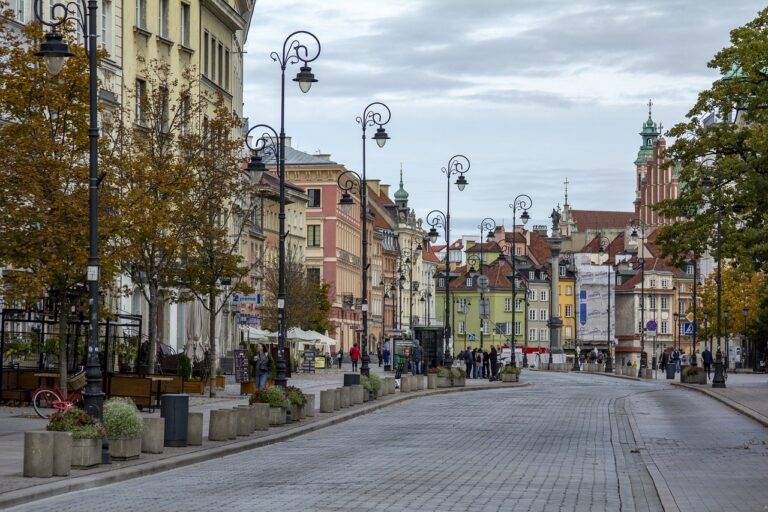The Impact of Green Roofing on Urban Environments: Benefits and Considerations
Green roofing in urban areas offers numerous advantages that contribute to both the environment and the community. One significant benefit is the ability of green roofs to regulate indoor temperatures, reducing the need for excessive air conditioning during hot summers. By providing natural insulation, green roofing systems help lower energy consumption and decrease carbon emissions, resulting in a more sustainable living environment for urban residents.
Moreover, green roofs play a crucial role in improving air quality by capturing and filtering pollutants, such as carbon dioxide and particulate matter, from the atmosphere. These eco-friendly roofs act as natural air purifiers, promoting cleaner and fresher air in congested urban areas. Additionally, the vegetation on green roofs helps to mitigate stormwater runoff, reducing the strain on urban drainage systems and minimizing the risk of flooding during heavy rainfall events.
How Green Roofing Can Help Reduce Urban Heat Island Effect
Green roofing holds immense potential in mitigating the urban heat island effect. By covering roofs with vegetation, heat absorption is reduced, and the overall temperature in urban areas can be significantly lowered. This natural insulation helps in decreasing the need for excessive air conditioning, thereby curbing the heat island effect and easing the strain on energy resources.
Moreover, green roofs act as a natural filter by capturing and retaining rainwater, reducing stormwater runoff and alleviating pressure on drainage systems. As plants transpire, a cooling effect is generated, further aiding in lowering ambient temperatures. This dual function not only combats heat retention in cities but also promotes sustainable water management practices, making green roofing a promising solution for urban heat island mitigation.
What is the urban heat island effect?
The urban heat island effect refers to the phenomenon where urban areas experience higher temperatures compared to their rural surroundings due to human activities and built infrastructure.
How does green roofing help reduce the urban heat island effect?
Green roofing helps reduce the urban heat island effect by absorbing heat, providing insulation, and reducing energy consumption for cooling buildings.
What are some other benefits of green roofing in urban areas?
In addition to reducing the urban heat island effect, green roofing can also improve air quality, reduce stormwater runoff, provide habitat for wildlife, and increase energy efficiency in buildings.
Are there any financial benefits to installing green roofing in urban areas?
While the initial cost of installing green roofing may be higher than traditional roofing, the long-term savings from reduced energy costs, improved roof longevity, and potential government incentives can make it a financially beneficial investment.
Are there any maintenance requirements for green roofing?
Green roofs do require some maintenance, such as regular watering, weeding, and inspecting for damage. However, the overall maintenance requirements are minimal compared to the benefits they provide.





